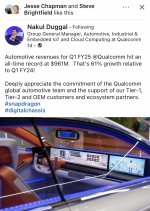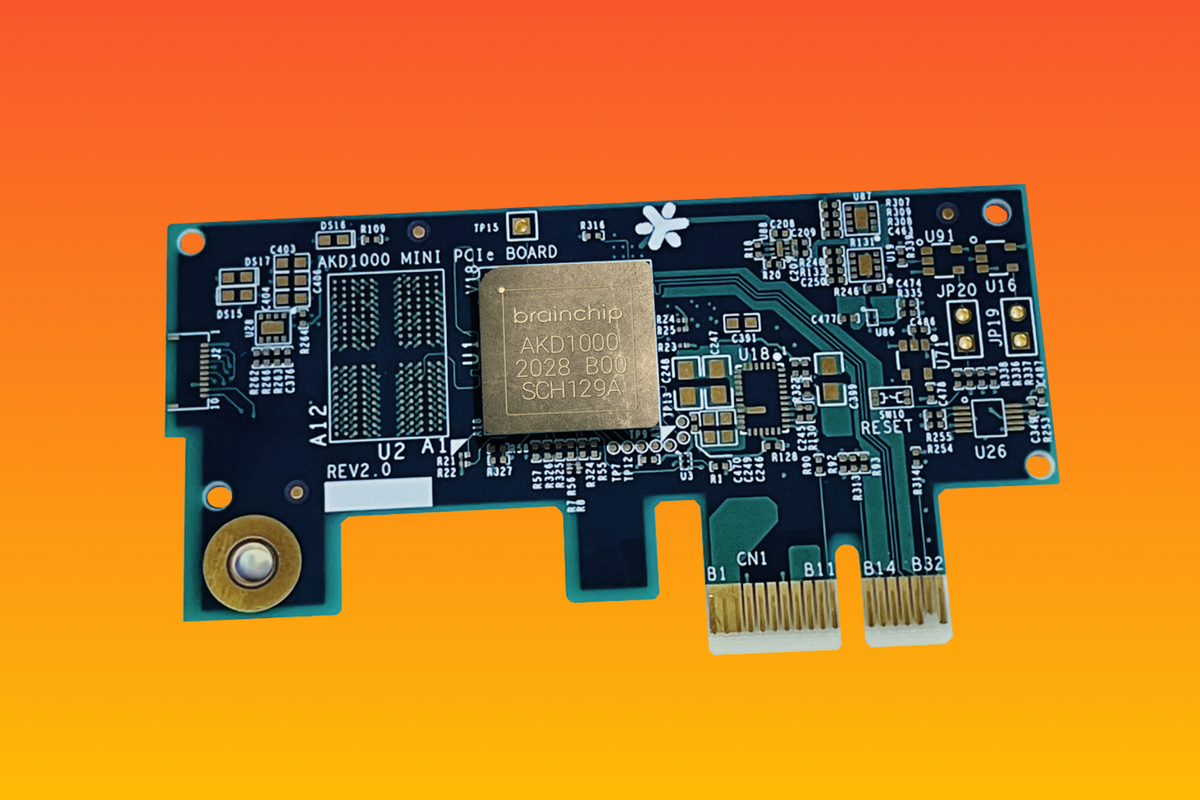uiux
Regular
Post in thread 'America's Iron Dome' https://thestockexchange.com.au/threads/americas-iron-dome.260527/post-450304
The bill contains several provisions focused on expediting key missile defense programs and infrastructure projects. For example, multiple sections instruct the Secretary of Defense to “use all authorities available” to accelerate the development, production, and fielding of various systems. This includes fast-tracking the production and deployment of Terminal High Altitude Area Defense (THAAD) systems, advancing the development of both the Glide Phase Interceptor and autonomous agents to counter cruise missile and drone threats, and speeding up the development and deployment of space-based interceptors.
Additionally, the Act provides for expedited military construction authority. Under this provision, the Secretary is empowered to waive any and all regulations—including environmental rules—that might slow down or hinder the construction, upgrade, or modernization of missile defense infrastructure. This waiver authority is designed to remove bureaucratic obstacles so that projects addressing urgent operational needs (JUONs) can be implemented more quickly. Overall, the bill emphasizes reducing delays and accelerating timelines across a wide spectrum of missile defense initiatives.
The bill contains several provisions focused on expediting key missile defense programs and infrastructure projects. For example, multiple sections instruct the Secretary of Defense to “use all authorities available” to accelerate the development, production, and fielding of various systems. This includes fast-tracking the production and deployment of Terminal High Altitude Area Defense (THAAD) systems, advancing the development of both the Glide Phase Interceptor and autonomous agents to counter cruise missile and drone threats, and speeding up the development and deployment of space-based interceptors.
Additionally, the Act provides for expedited military construction authority. Under this provision, the Secretary is empowered to waive any and all regulations—including environmental rules—that might slow down or hinder the construction, upgrade, or modernization of missile defense infrastructure. This waiver authority is designed to remove bureaucratic obstacles so that projects addressing urgent operational needs (JUONs) can be implemented more quickly. Overall, the bill emphasizes reducing delays and accelerating timelines across a wide spectrum of missile defense initiatives.










